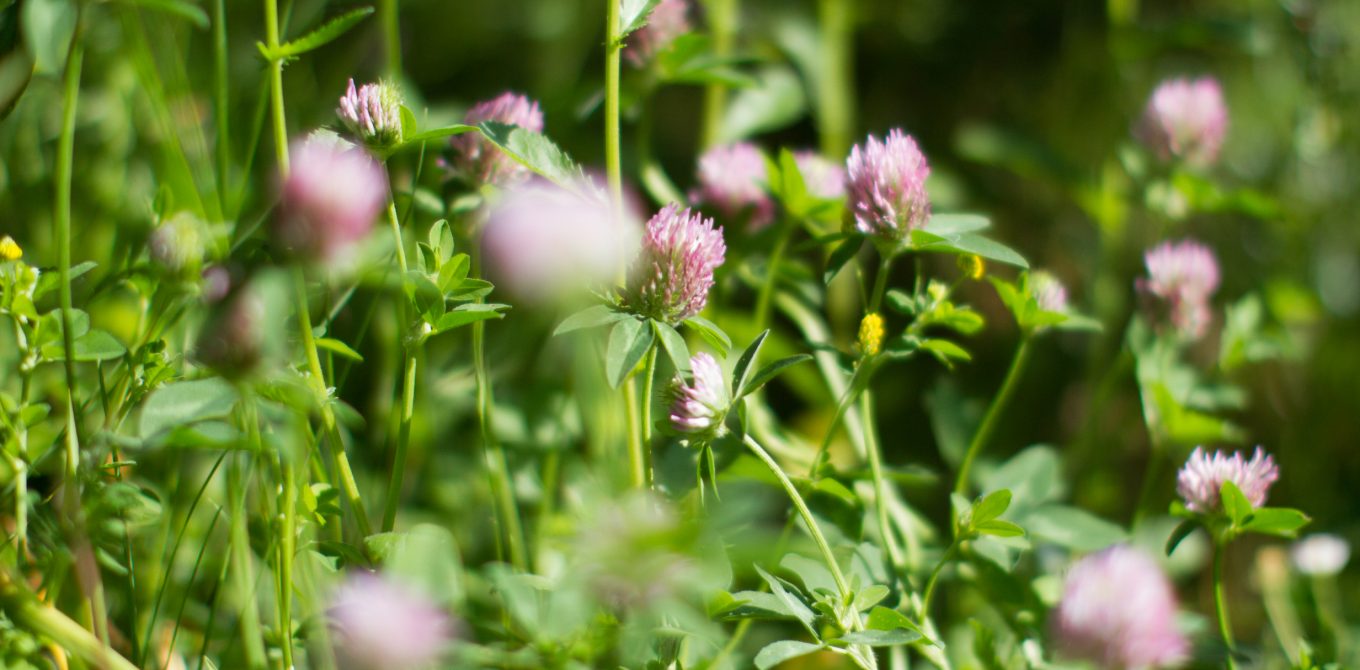Those of you who are regular readers of the Urban Idiot will recall that this is a column about how good intentions can go wrong. Planning is, after all, almost always trying to do the right thing, but sometimes policies intended to save the environment, protect children, promote healthy living etc… end up creating unfortunate and unforeseen outcomes. This has not yet happened with biodiversity net gain but it is surely only a matter of time.
 The Environment Bill received royal assent in Autumn 2021 and includes lots of very good things including tackling air quality, reducing plastic waste, preventing the pollution of water courses and so on. It also includes a target to ‘halt the decline of nature by 2030’. One of the measures to achieve this is a provision that new development should achieve a 10% biodiversity net gain compared to the situation before the development started. This won’t come into force until the Town and Country Planning Act has been amended but is likely to become law next year.
The Environment Bill received royal assent in Autumn 2021 and includes lots of very good things including tackling air quality, reducing plastic waste, preventing the pollution of water courses and so on. It also includes a target to ‘halt the decline of nature by 2030’. One of the measures to achieve this is a provision that new development should achieve a 10% biodiversity net gain compared to the situation before the development started. This won’t come into force until the Town and Country Planning Act has been amended but is likely to become law next year.
Increasing the biodiversity of sites is a laudable aim and all responsible developers should be thinking about how they can maximise the ecological diversity of their scheme. It is also sensible to put a figure on this, rather than the usual vague wording about ‘enhancement’. But putting a percentage on it begs the question of what we are measuring – 10% more sparrows, newts or hedgehogs? No, the increase is to be in a site’s Biodiversity Metric, something that is calculated on a spreadsheet which can be downloaded from Natural England’s Web site. The gain has to be something that will be sustained over 30 years and it remains to be seen how measures like green roofs and walls or indeed private gardens will be treated if the buildings are in private ownership and future management cannot be guaranteed.
The first response to this from some of the more gung-ho developers was to say that if the government says 10% we should be doing at least 20%! These are the same developers who aspire to their schemes being zero-carbon without quite knowing what that means or how it is to be achieved.
The second response from ecology professionals has been to say, hang on a moment, 10% let alone 20%, is going to be really difficult to achieve. We are, after all, building on the site, a process that tends to be quite destructive of ecology. Unless the scheme involves the demolition of existing structures (which is something we should be trying to avoid) then there is going to be less green space once the scheme is finished than there was before we started. What is more, some of this green space is going to have to be sports pitches with little ecological value, so the green space that remains is going to have to work incredibly hard to produce more biodiversity than there was when we started.
The third response, which is only just starting to happen, is to ask how we can play the system? How can we change the site boundary to reduce our starting score? What type of environments get the points and how much of it can we achieve off site? How long before unscrupulous developers start destroying ecology on possible future sites?
The idiot’s concern is, however, more about the unintended impact on development and particularly on density and walkability. We already have a planning system that allocates the least constrained land for development regardless of whether it is the right place to build. Recently I reviewed a new settlement plan that was so hidebound by constraints, including ecology, visual impact, heritage and flood, that a scheme that could have fit within an 800m radius (a ten-minute walk) had expanded to a 2km radius (a 25-minute walk). The reality is that the ecology will have been preserved by creating a car-based scheme. Which is more damaging in the long run?
As with many of these policies, we seem to be trying to develop land without having any impact. We are seeking to create schemes that can’t be seen and do no damage to existing ecology, landscape and heritage. Laudable as this aspiration might be, it is not possible, and pretending otherwise is causing us to build new development that is lower density, less efficient and less sustainable than it would otherwise be.
It’s ironic that biodiversity now seems to thrive in towns and cities rather than the countryside. Suburban back gardens in particular are havens for wildlife, birds, insects and mammals that are struggling in rural areas denuded of their hedgerows, with monoculture crops maintained with herbicide, pesticide and fertilizer. We need to keep a sense of perspective and to design new urban areas with the potential to nurture this level of urban biodiversity in the future. But we also need to design new urban areas that are walkable, served by public transport, low-carbon and sociable. We need to beware of arbitrary metrics developed with the best of intentions that make such sustainable development more difficult to achieve.
Image: © Studio Grand Web | Dreamstime.com






